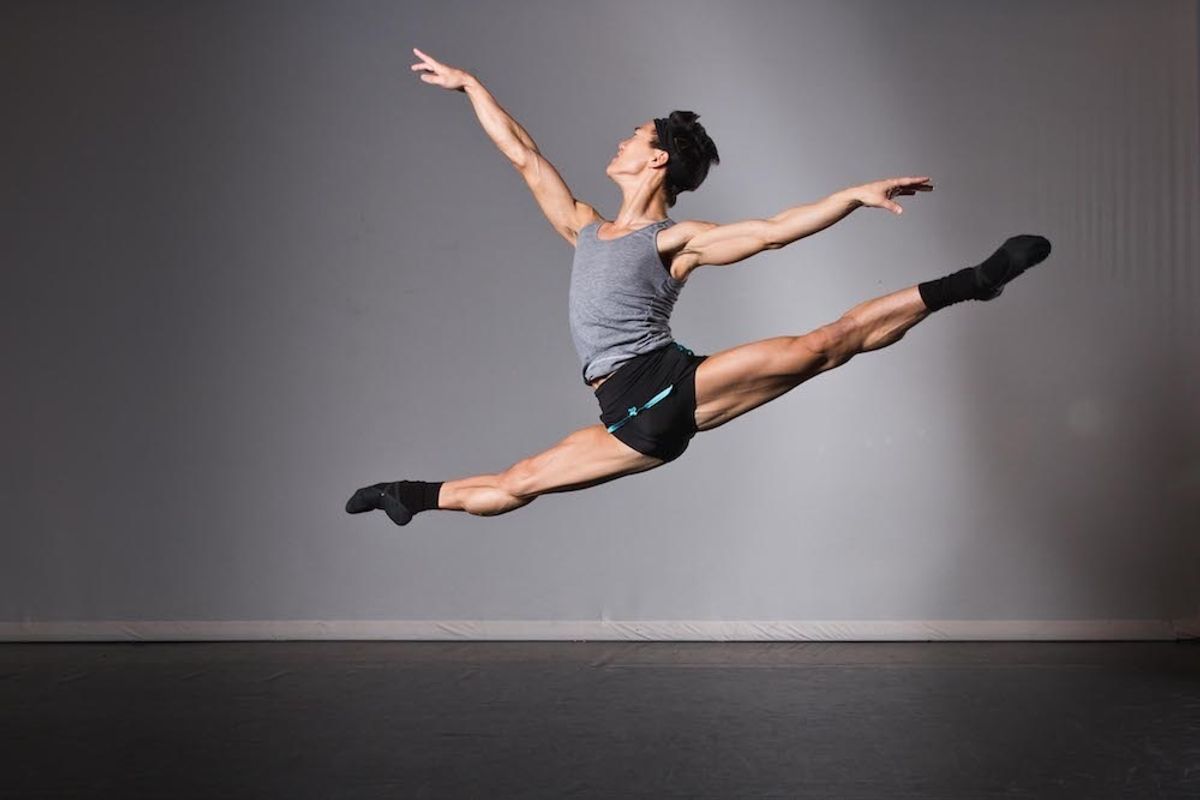
In 2015, Houston Ballet demi-soloist Jim Nowakowski made a shocking career about-face when he soared into the heart of pop culture and made Top 6 on Season 12 of “So You Think You Can Dance.” The commercial world was taken by his flawless technique and perfect lines, while at the same time classical dancers were surprised by his choice to leave a coveted position with Houston Ballet. He was an enigma—and now he’s done it again. He has recently returned to ballet company life and is well into his second season with BalletMet.
On how “So You Think” reignited his love for dance
When I left Houston Ballet for “So You Think You Can Dance,” I was dealing with a recurring right ankle injury and needed to take a break from the rigors of company life. On top of that, I was getting a little burned out. I had been dancing with a company since I was 18 and needed something to reignite my spark. I was hoping that auditioning for the show would bring back my love for dance. I wanted to be immersed in an atmosphere with choreographers and dancers different than I had ever worked with before, and it worked! Seeing these dancers with different professional and training backgrounds than me was refreshing and exactly what I needed. I believe everything happens for a reason, and doing the show reminded me that I wasn’t quite done with my ballet career yet.

Nowakowski trained at Rochester City’s Ballet Draper Center for Dance Education. Photo by Jacqueline Connor, courtesy of Nowakowski
On the differences in commercial and company life
Part of the beauty of the dance world today is that everything is merging. Professional ballet dancers are trying their hand at Broadway, and commercial choreographers like Travis Wall are setting works on ballet companies. But there is still a difference in freelance and company work. There is a camaraderie in company life when you are working together from 9 am to 6 pm every day that you can’t always find on short commercial gigs. In L.A., they are matter-of-fact and need to get to the finished product immediately. You don’t have time to develop the movement with weeks of rehearsal. In ballet, you start working on a role or a character, and you have some time to develop how you want to perform it. You have tech and dress rehearsals before the actual performances to perfect things. You get more of a process.
On coming back to ballet
I wanted to make sure I was in good enough shape that companies wouldn’t care if they saw my time in L.A. on my resumé. I wanted to be seen as a dancer who could be useful to them. I had to make sure I looked just as strong as I did before the show. After the “SYTYCD” tour, I went back to my studio [Rochester City Ballet] and started training in level 4 and 5 classes. I started with just three days per week for three weeks, then I moved to four days per week and so on. I slowly started jumping again and practicing variations. I didn’t just give myself two months to get back in shape—I took my time. It was a fun stage of my life to go back to the basics. It was like riding a bike. I was able to join BalletMet a year later.




